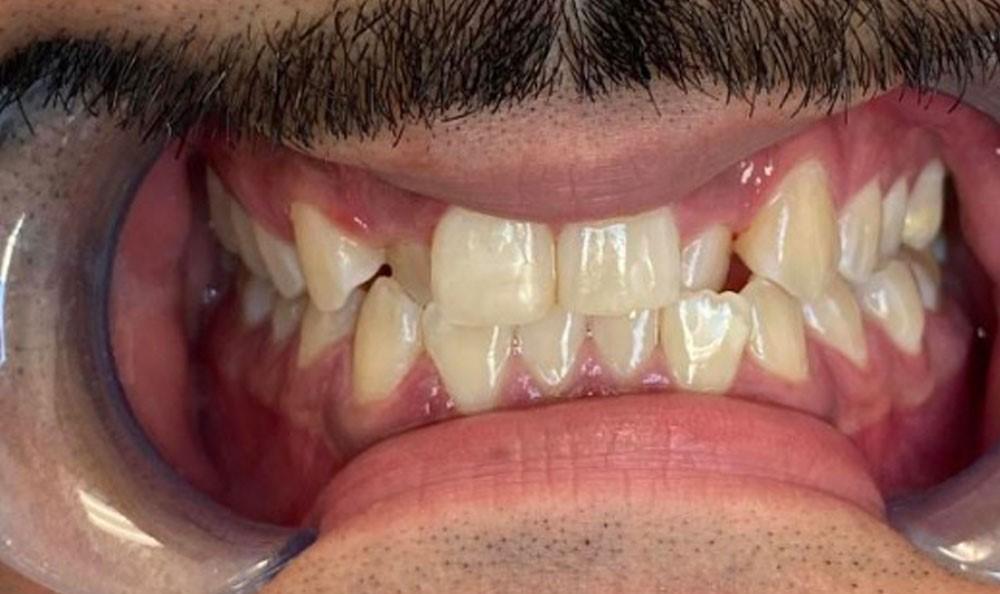Tooth infections can be incredibly painful and disruptive, often necessitating urgent dental care. Understanding the symptoms of a tooth infection can help you seek timely treatment from a Walk In Dentist. These symptoms can vary in severity but typically involve pain, swelling, and sometimes even systemic signs of infection. This guide, explained by a walk-in dentist, will cover the primary symptoms of a tooth infection, what causes these infections, and why seeking immediate care is crucial.
Pain and Sensitivity
One of the most common Symptoms of Tooth Infectionof a tooth infection is pain. This pain can be sharp, throbbing, or constant, and it often intensifies when you chew or bite. The affected tooth may also be sensitive to hot and cold temperatures. This sensitivity arises because the infection inflames the tooth’s inner pulp, which houses nerves and blood vessels.
Swelling and Redness
Another prominent symptom of a tooth infection is swelling. This can occur in the gums around the infected tooth, in the face, or even in the neck. The area may feel tender to the touch and appear red and inflamed. Swelling is a sign that the body is responding to the infection, sending white blood cells to the area to fight off the bacteria causing the problem.
Pus Drainage
A more severe symptom of a tooth infection is the presence of pus. Pus drainage around the infected tooth indicates an abscess, a pocket of pus that forms due to the bacterial infection. This can cause a bad taste in your mouth and bad breath. If you notice pus, it’s crucial to see a walk-in dentist immediately, as this is a sign that the infection is progressing and can spread to other parts of your body.
Fever and Malaise
Systemic symptoms like fever and malaise (a general feeling of being unwell) can occur if the tooth infection spreads beyond the tooth and gums. A fever indicates that your body is fighting off the infection, but it also suggests that the infection is more severe. Accompanying symptoms may include fatigue, swollen lymph nodes, and difficulty opening your mouth or swallowing.
Bad Breath and Unpleasant Taste
Bad breath and an unpleasant taste in your mouth are also common symptoms of a tooth infection. These symptoms occur due to the presence of pus and the bacterial activity in the infected area. If you notice a foul taste that persists, it’s a sign that you need to visit a walk-in dentist for a thorough examination and treatment.
Causes of Tooth Infections
Tooth infections are typically caused by bacteria entering the tooth through dental cavities, cracks, or chips. Poor dental hygiene, such as not brushing or flossing regularly, can lead to cavities and gum disease, both of which can pave the way for infections. Additionally, trauma to the tooth can also create openings for bacteria to invade the inner pulp, leading to an infection.
Why Immediate Care is Essential
Seeking immediate care from a walk-in dentist is crucial when dealing with a tooth infection. Without prompt treatment, the infection can spread to other parts of your body, leading to serious complications such as cellulitis (a skin infection), osteomyelitis (a bone infection), or even sepsis, a life-threatening response to infection.
Treatment Options from a Walk-In Dentist
A walk-in dentist can provide several treatment options to address a tooth infection. These include:
- Antibiotics: To control the bacterial infection.
- Drainage: Draining the abscess if one is present.
- Root Canal: To remove the infected pulp and save the tooth.
- Extraction: Removing the infected tooth if it cannot be saved.
Preventing Tooth Infections
Preventing tooth infections involves maintaining good oral hygiene practices. Brush your teeth at least twice a day, floss daily, and visit your dentist regularly for check-ups and cleanings. Avoid sugary foods and drinks, which can contribute to cavities, and consider using a fluoride toothpaste to strengthen your enamel.
Conclusion
Recognizing the symptoms of a tooth infection and seeking prompt treatment from a walk-in dentist can prevent serious complications and help you maintain good oral health. Pain, swelling, pus, fever, and bad breath are all indicators that you need to see a dentist immediately. By understanding these symptoms and knowing when to seek help, you can ensure that a tooth infection does not disrupt your life more than necessary. Prioritize your dental health and don’t hesitate to visit a walk-in dentist if you suspect you have a tooth infection.

